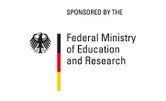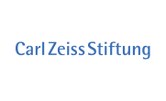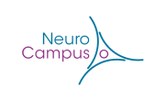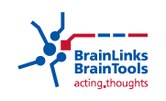Athanasios Manos (Institute of Neuroscience and Medicine, Forschungszentrum Jülich) | Effect of Stimulation Frequency and Intensity on Long-Lasting Anti-Kindling
| When |
May 10, 2016
from 05:15 PM to 06:45 PM |
|---|---|
| Where | BCF Lecture Hall, Hansastr. 9a |
| Contact Name | Stefan Rotter |
| Add event to calendar |
|
Abstract
Several brain diseases are characterized by abnormally strong neuronal synchrony. Coordinated Reset (CR) stimulation was computationally designed to specifically counteract abnormal neuronal synchronization processes by desynchronization. In the presence of spike timing-dependent plasticity (STDP) this leads to a decrease of synaptic excitatory weights and ultimately to an anti-kindling, i.e. unlearning of abnormal synaptic connectivity and abnormal neuronal synchrony. The long-lasting desynchronizing impact of CR stimulation has been verified in pre-clinical and clinical proof of concept studies. However, as yet it is unclear how to optimally choose the CR stimulation frequency, i.e. the repetition rate at which the CR stimuli are delivered. This work presents a first computational study on the dependence of the long-term outcome on the CR stimulation frequency in neuronal networks with STDP. For this purpose, CR stimulation was applied with Rapidly Varying Sequences (RVS) in a wide range of stimulation frequencies and intensities. Large and robust anti-kindling effects were achieved for: (i) short (9 and 10 ms) stimulation ON cycles (independent of the used stimulation intensities) and (ii) for weak to intermediate stimulation intensities in combination with stimulation ON cycles of maximal 24 ms. A similar survey is also performed with different type of CR signals, i.e. the Slow Varying Sequences (SVS) where although, in some cases, the outcome is different, the overall picture and message remains the same. From a clinical standpoint this may be relevant in the context of both invasive as well as non-invasive CR stimulation.











